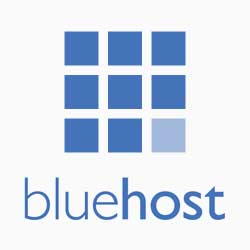Curriculum
The curriculum is designed to guide individuals through the essentials of email and affiliate marketing. It offers a structured approach to building and monetizing an email list, even with limited resources.
-
-
Identifying Your Ideal Subscriber: Utilizing demographics and psychographics to target the right audience.
-
Understanding Subscriber Desires: Exploring “100 things people want to be, do, have” to tap into audience motivations.
-
The 80% Approach: Focusing on strategies that yield the majority of results.
-
Predicting Subscriber Behavior: Anticipating the next moves of your audience to tailor content effectively.
-
Lead Magnet Creation: Developing compelling offers to grow your email list.
-
Affiliate Offer Selection: Identifying and evaluating top affiliate marketing opportunities.
-
Crafting Effective Communications: Writing impactful messages and subject lines.
-
Leveraging AI: Enhancing email copy with artificial intelligence tools.
-
Budget-Friendly Website Launch: Setting up a website without significant financial investment.
-
Landing Page Optimization: Designing pages that convert visitors into subscribers or customers.
-
Traffic Generation: Implementing strategies to drive visitors to your site.
-
List Growth Blueprint: A comprehensive plan to expand your email list effectively.
-
Order and content subject to change without notice.
If you’re thirsty for a little more then check out this short 7-minute video. It’s an excerpt from an old training I did but the concepts are still sound. It’ll give you an idea of where I’m coming from; I’m not like the other kids.



Comments